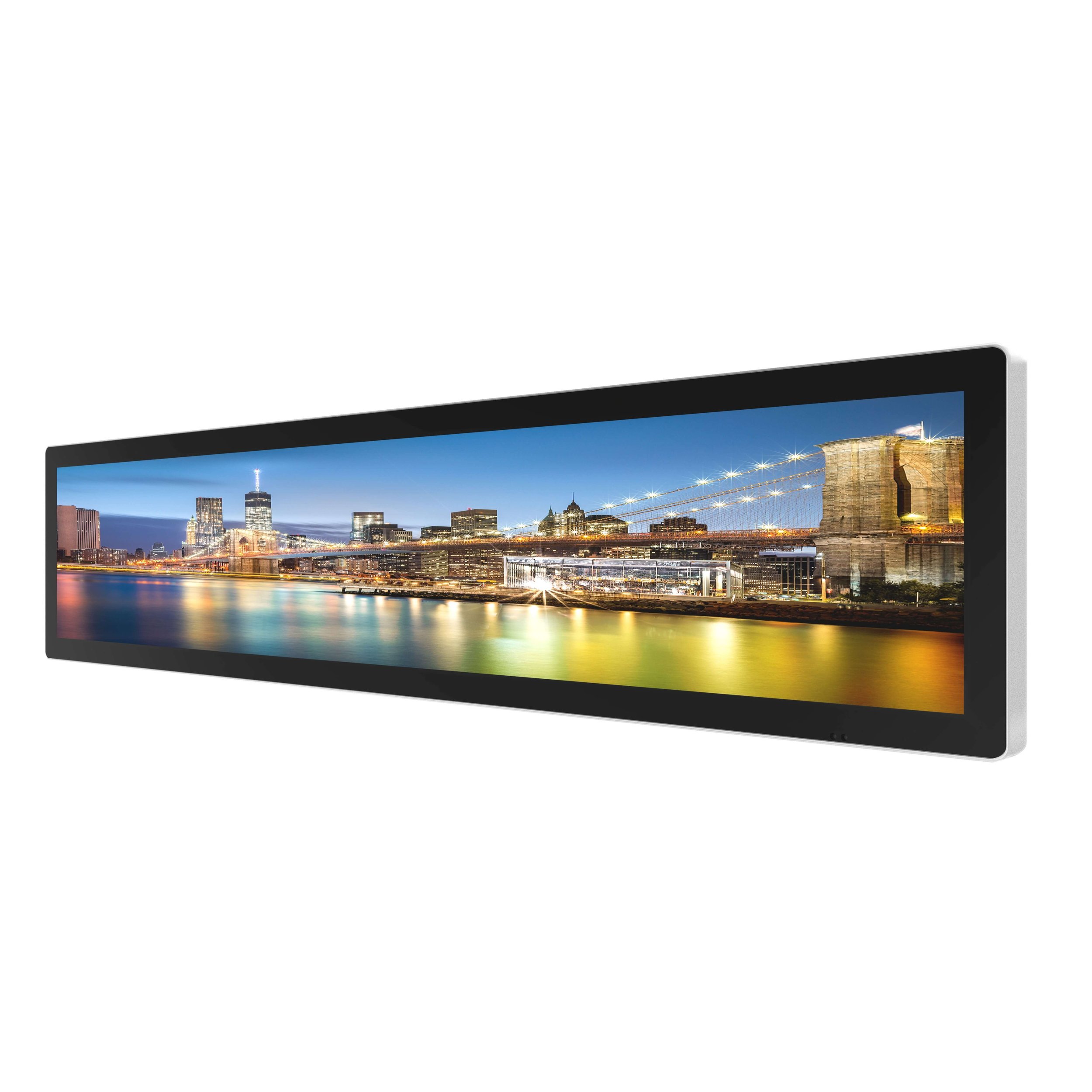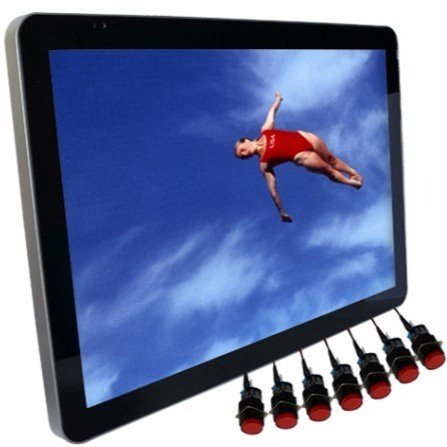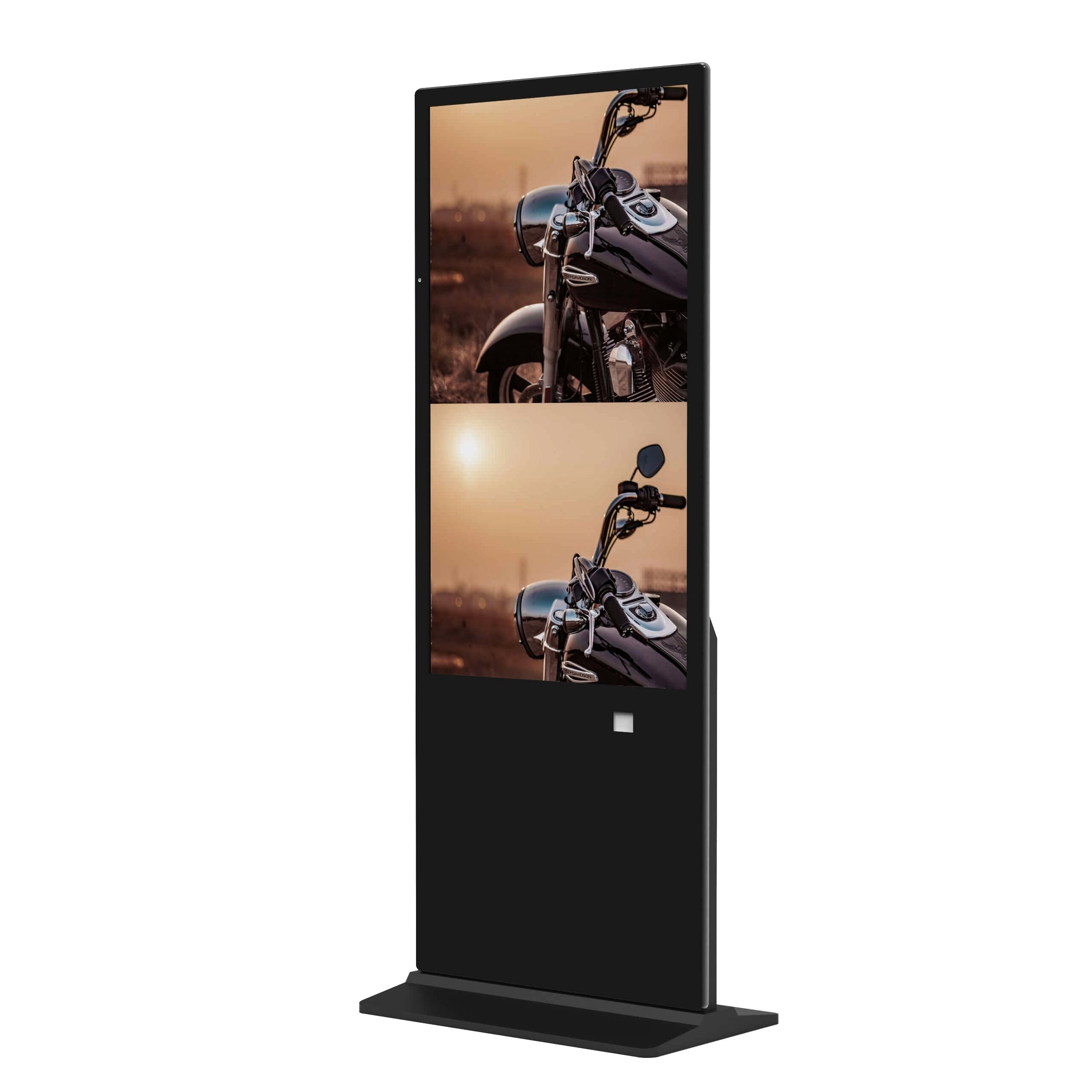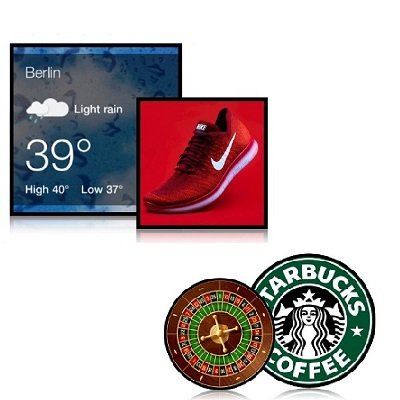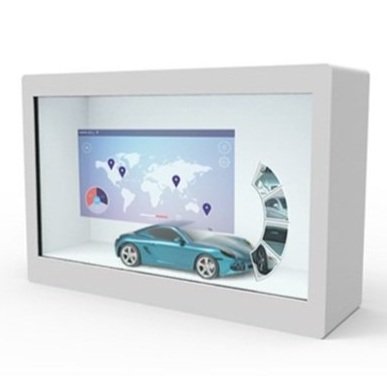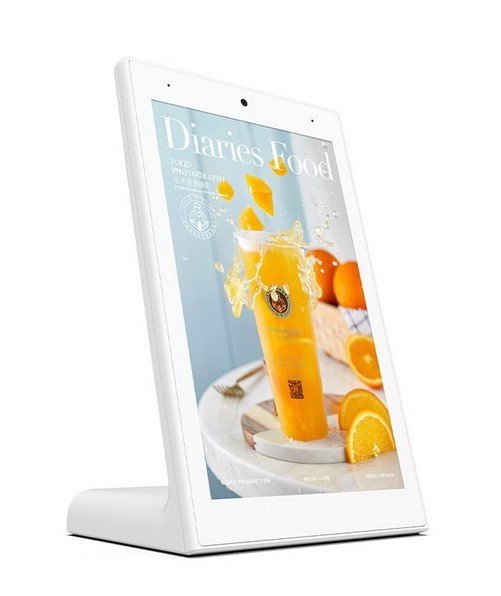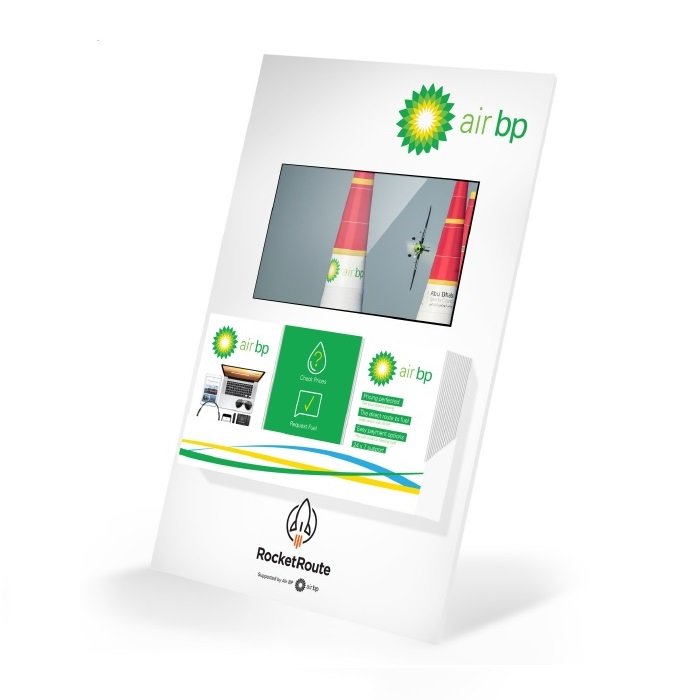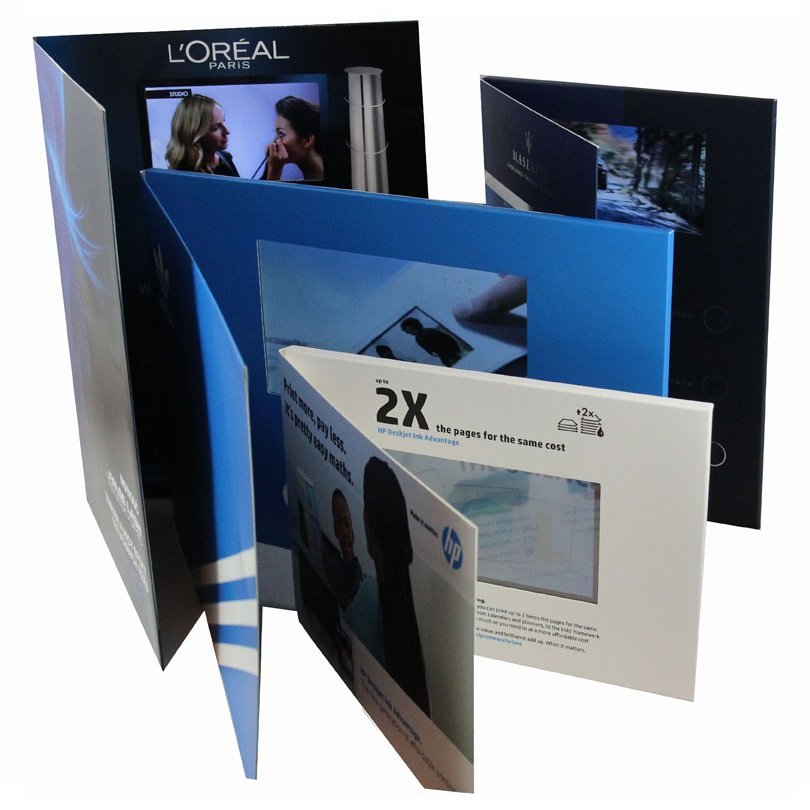Information at your Fingertips
---
Information at your Fingertips ---

touchscreen DIGITAL displays
Our large range of digital displays comes with the option of adding touchscreen features. However simple or complicated your requests, our engineers can produce different types of touchscreen digital displays to suit your requirements.
Touchscreens are the perfect way to bring interaction to your advertising displays as well as allowing your customer to gain the exact information that they wish to receive at their fingertips.
Our high quality touchscreen digital displays are simple to use and sensitive to the touch and there are a variety of touchscreen technologies that have different methods of sensing touch.
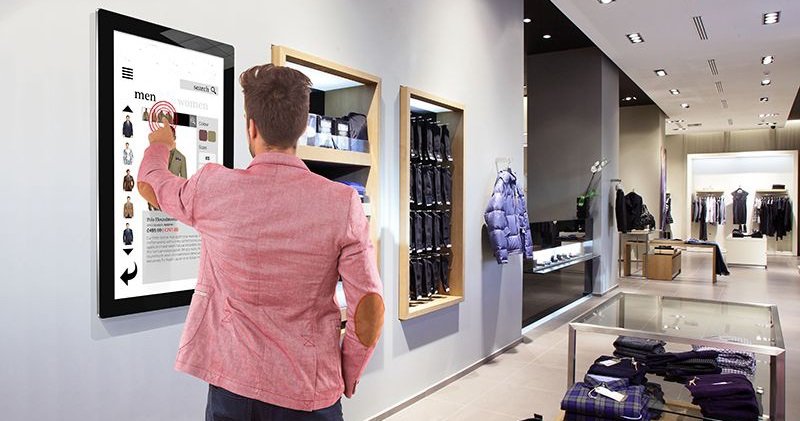
infra-red Touchscreen Digital Displays
IR touchscreens use an array of X and Y infrared LED and photodetector pairs around the edges of the screen in order to detect a disruption in the pattern of the LED beams. As the LED beams cross each other in both vertical and horizontal patterns, the sensors are able to pick up and plot the exact location of the touch.
The main benefit of IR touchscreens is that they can detect any input including a finger, gloved finger, stylus or pen. They are generally used in outdoor and point of sale applications, which cannot rely on a bare finger to activate the touchscreen.
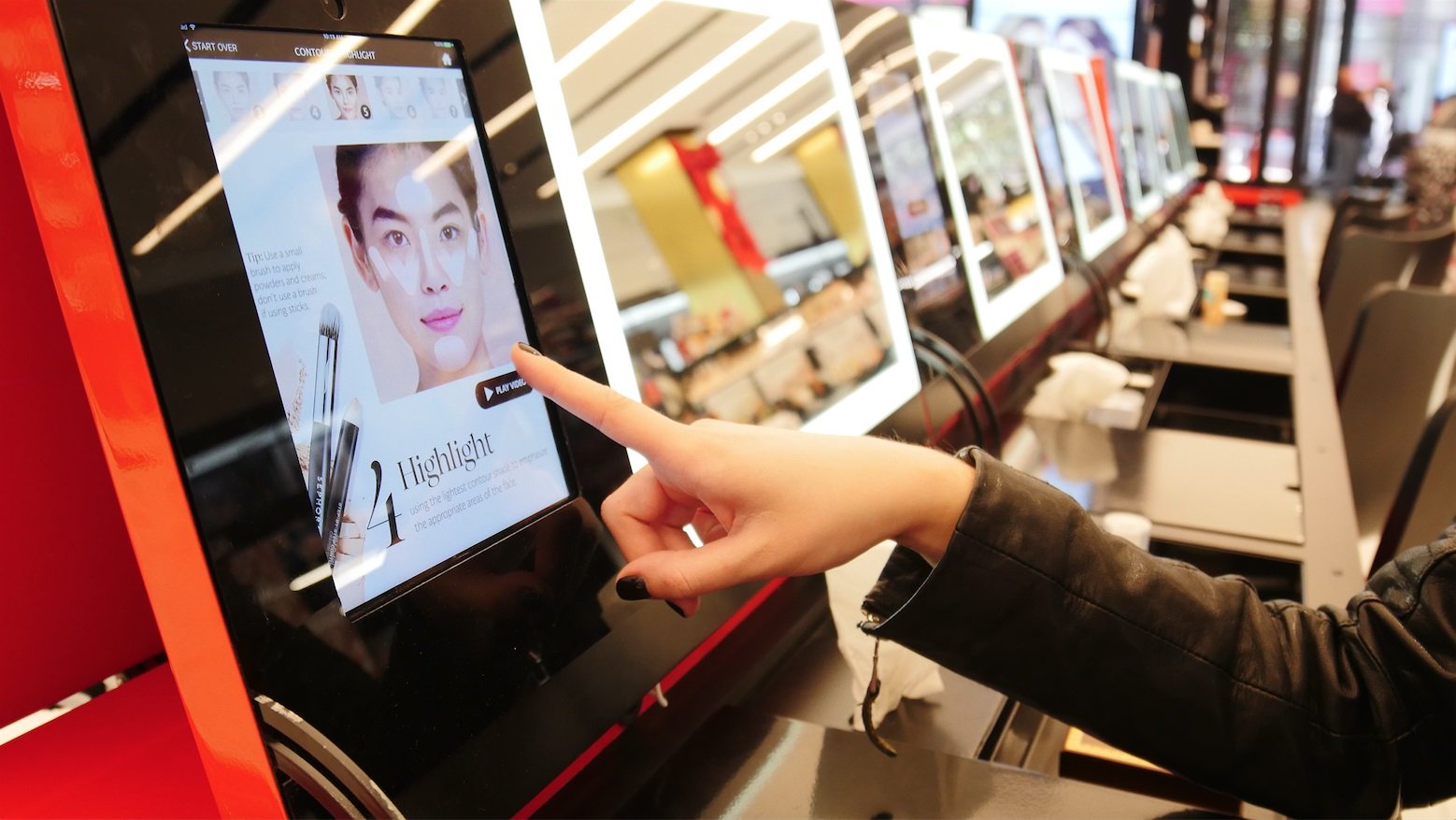
Capacitive Touchscreen Digital Displays
A capacitive touchscreen consists of an insulator such as glass, which is coated with a transparent conductor. As the human body also conducts electricity, touching the surface of the screen, results in a distortion of the screens electrostatic field. This distortion can be measured as a change in the capacitance and different technologies can be used to determine the exact position of the touch.
The main disadvantage of capacitive touch technology is that the touchscreen will not function if the user is wearing gloves and only a special capacitive stylus can be used. This technology is typically used on mobile phones and tablets.




